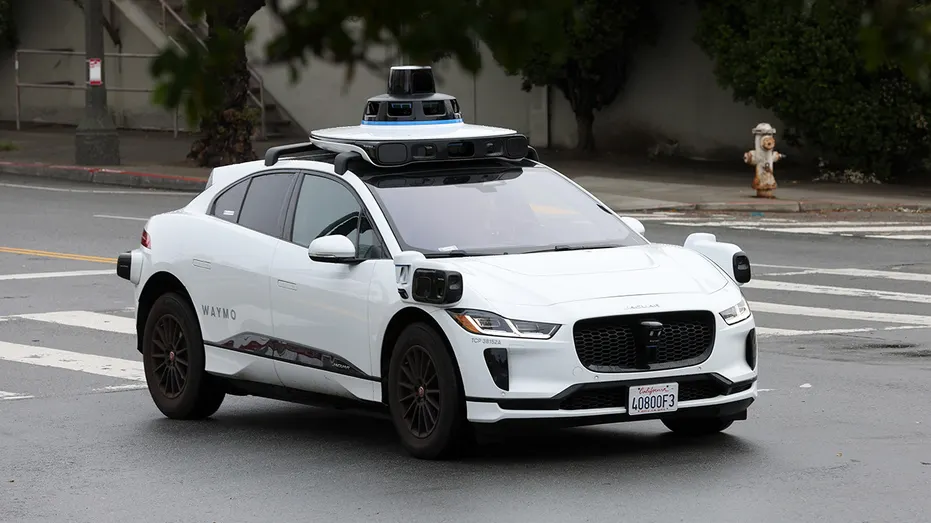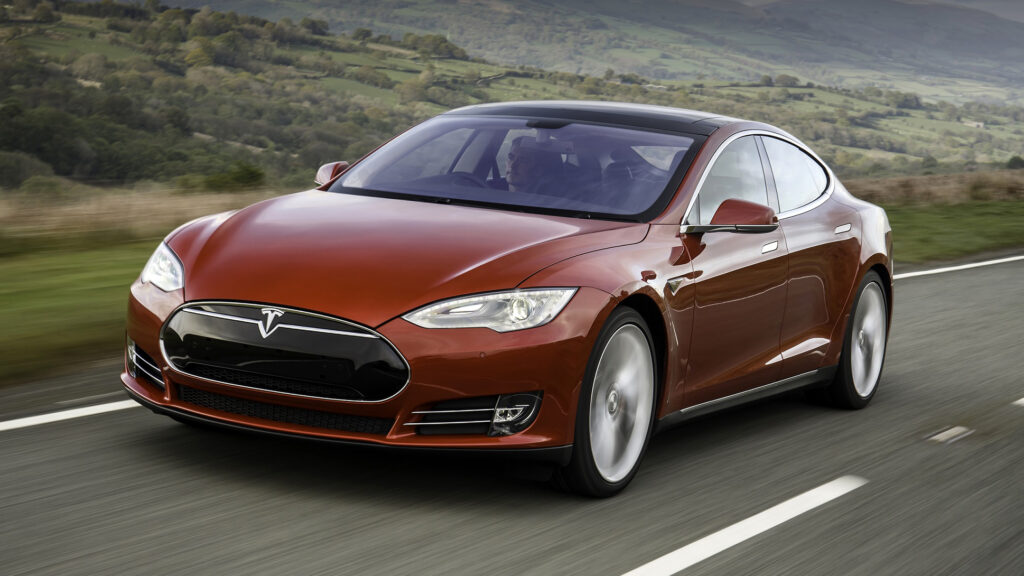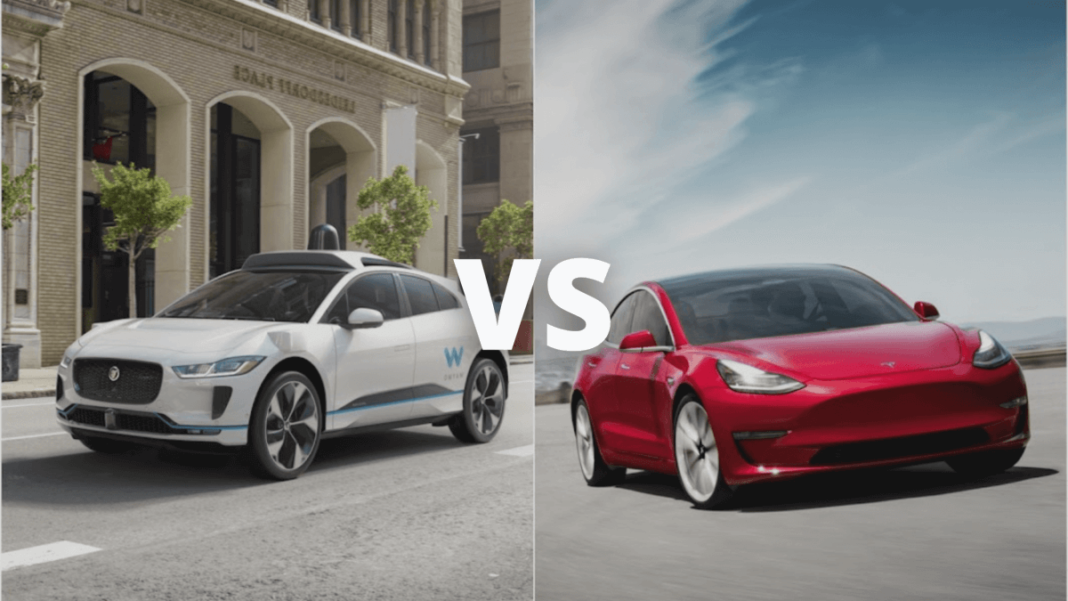As the race to build fully autonomous vehicles heats up, two of the most prominent players, Waymo and Tesla, are often at the center of the conversation. While both companies push boundaries in self-driving technology, they approach the challenge in fundamentally different ways. Understanding these differences is key to grasping where each stands today and which might ultimately lead to creating the most reliable autonomous driving experience.

Waymo, the robotic trailblazer, is a subsidiary of Alphabet Inc. (Google’s parent company), which has been working on autonomous driving technology since 2009 under what was then known as the Google Self-Driving Car Project. Waymo focuses exclusively on building Level 4 autonomy, which means its vehicles can operate without human intervention in specific, geofenced areas. Today, Waymo operates a fully driverless robotaxi service in select U.S. cities like Phoenix and San Francisco, with no safety driver behind the wheel.
Waymo’s technology is built around a comprehensive suite of lidar, radar, and cameras, combined with high-definition mapping and cloud-based AI processing. The vehicles operate very conservatively, following traffic rules to the letter, which reduces risk but can make them overly cautious in unpredictable situations. Importantly, Waymo doesn’t sell cars to consumers—it offers robotaxi rides, meaning its focus is on fleet-based autonomy, not personal vehicle automation.

On the other hand, Tesla, the consumer-driven innovator, led by CEO Elon Musk, takes a different route. Its “Full Self-Driving” (FSD) system is not fully autonomous yet (despite the name) and is currently classified as Level 2 by global standards. This means the driver must remain attentive and ready to take control at all times. Tesla’s Autopilot and FSD rely heavily on cameras and neural networks, purposely omitting lidar, which Musk has called “a crutch.” The idea is to teach the system to perceive the world like a human driver.
Tesla pushes over-the-air updates to millions of vehicles on the road, giving it a massive pool of real-world driving data. This approach helps Tesla iterate quickly, but also invites criticism because its technology is still dependent on driver supervision and has had several reported accidents. Tesla’s strength lies in making semi-autonomous features available to individual consumers at scale, giving it the largest publicly accessible testing platform in the world.
Core differences at a glance
| Feature | Waymo | Tesla |
|---|---|---|
| Autonomy Level | Level 4 (limited to geofenced areas) | Level 2 (driver required) |
| Sensors | Lidar, radar, cameras | Cameras only |
| Main Product | Robotaxi service | Consumer vehicles with FSD package |
| Business Model | Fleet-based, not sold to individuals | Direct-to-consumer sales |
| Safety Record | Conservative and cautious | Faster iteration but under scrutiny |
| Availability | Limited cities (U.S.) | Global (with driver supervision) |
Which is closer to a “Perfect” self-driving?
It depends on how you define “perfect.” If perfection means no driver intervention and consistent safety, then Waymo is closer, but only in tightly controlled areas with significant infrastructure support. If perfection is about creating a scalable, human-like driving assistant for everyday use, then Tesla is leading, albeit with limitations and higher risk in uncontrolled environments.
Ultimately, Waymo is about safe, slow expansion, while Tesla is about rapid, data-driven evolution. Both approaches have their merits, and the future of autonomous driving might involve lessons from both.
In a post shared by Business Insider on Instagram, two car experts, Lloyd Lee, Business Insider reporter, and Alisatiar Barr, global tech editor, did a practical car review between two self-driving cars: Tesla’s FSD and Waymo Driver.
Check out the video below and tell us what you think in the comments.




